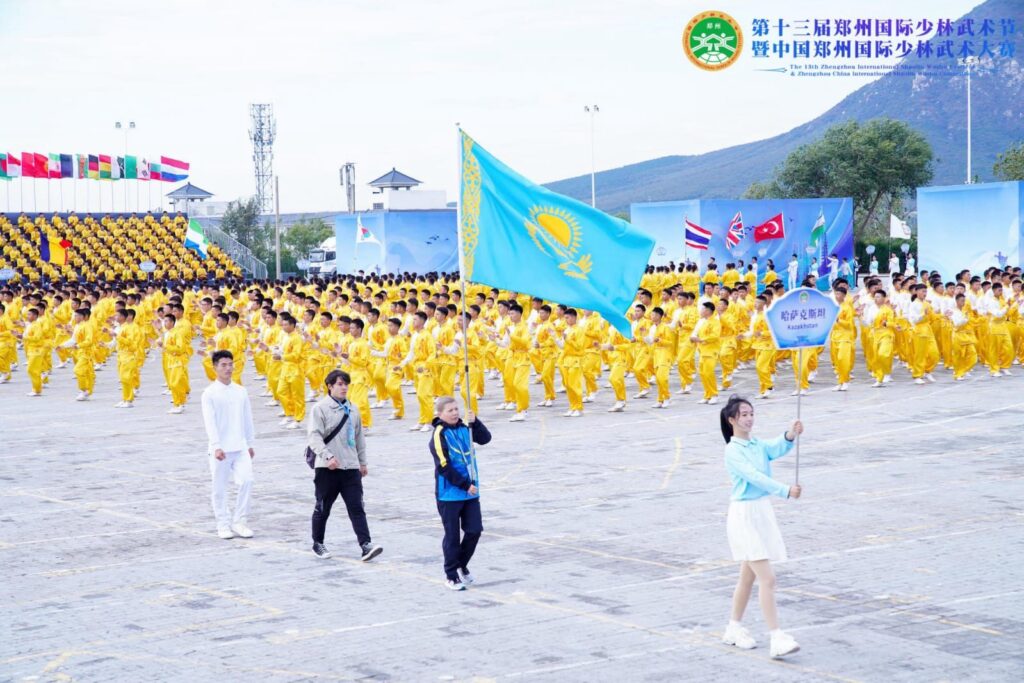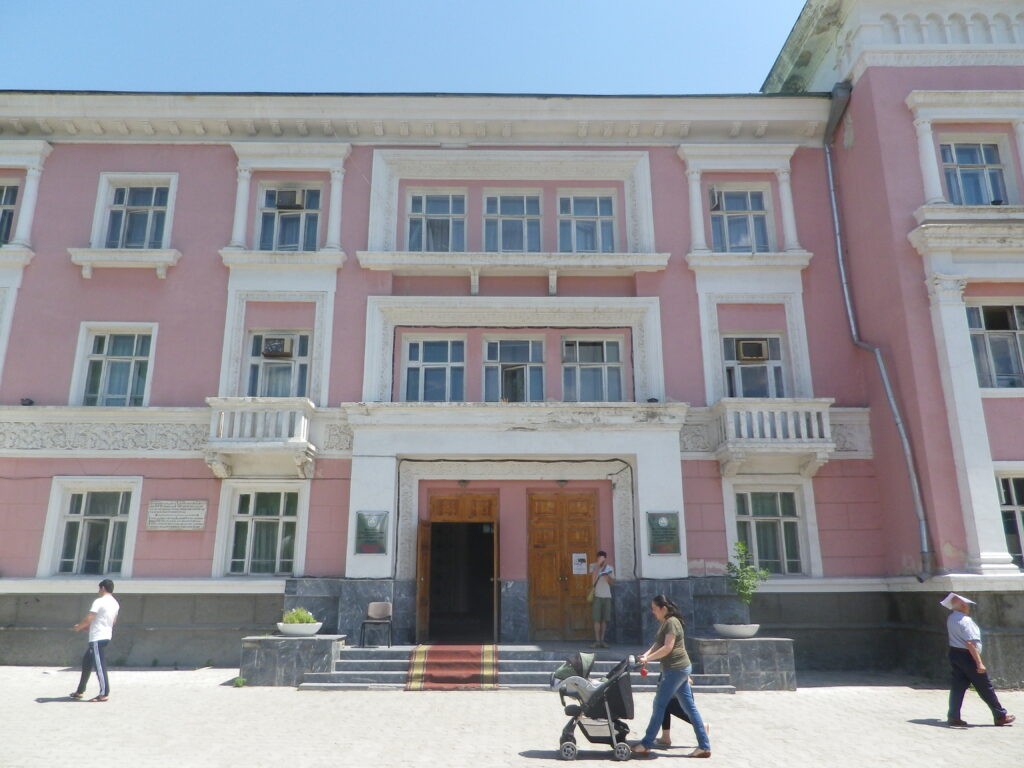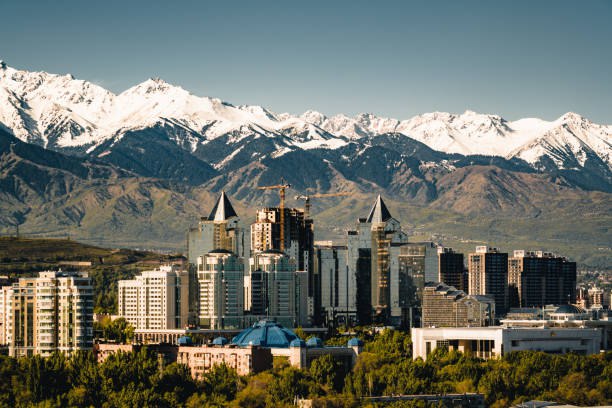My First International Competition – Anara Ashimova, Silver Medalist in Shaolin Wushu
I was never a big sports person, but working at the computer and not moving much eventually made me realize I needed some kind of physical activity to cheer myself up and to recharge my body. After all, I wanted to be healthy and active in my maturity - I don’t want to call it old age. I had doubts about my physical abilities, but I was resolute, so I decided to go for a sport with exercises that are possible for and improve the health of people of age. Therefore, I took up the sport of Wushu, starting in a large group under the guidance of Gaini Kypshakbai, a master of the art. The first few months were challenging, but I slowly developed new skills. A lot of people quit during this time, and eventually only three of us were left in the group. Gradually, I developed an obsession with the classes as a way to strengthen my body and spirit. Our coach, Gaini, deserves a separate piece to be written about her for her patience and mentoring, but for now, I will just say that I'm grateful and full of respect for her. Laoshi (coach in Chinese) Gaini gently introduced us to the Tai Chi community, an association of enthusiasts who are passionate about what they do. In my third year of classes, I wanted to broaden my horizons, watch the masters, and show off my modest skills. So, after participating in the Championship for the Republic of Kazakhstan, we went to China for The 13th Zhengzhou China International Shaolin Wushu Competition. [caption id="attachment_25561" align="aligncenter" width="1280"] Team Kazakhstan; image: A.Ashimova[/caption] Our team consisted of twelve people of different ages ranging from 30 to 65; it was the first international competition for all of us. Some of us were leaving Kazakhstan for the first time, but I'd been to Urumqi 20 years before. Everything that awaited us upon our arrival in China impressed and delighted us. The first thing that pleased me was how clean and organized everything was. People were friendly and willing to help, and, most importantly, it was completely safe. The cities we visited were very green with beautiful trees and lots of flowers; the parks were well-maintained, and the air was clean and fresh. Almost every city had the same level of population as Kazakhstan, but it never felt crowded. Everything was organized, clear, and accessible. For us, the myth that the Chinese do not speak English was also dispelled. If we encountered a language barrier, it was easily overcome by modern online translators. The youth of China were very bright, independent, and open. The Opening Ceremony of the festival was an indescribable delight. The small town of Danfeng welcomed us alongside representatives of 65 schools of Tai Chi. The competition was a festival celebrating the different styles of Wushu. We couldn’t contain our excitement as we took pictures on our smartphones and greeted the young athletes from the windows of the bus as thirty-five...





